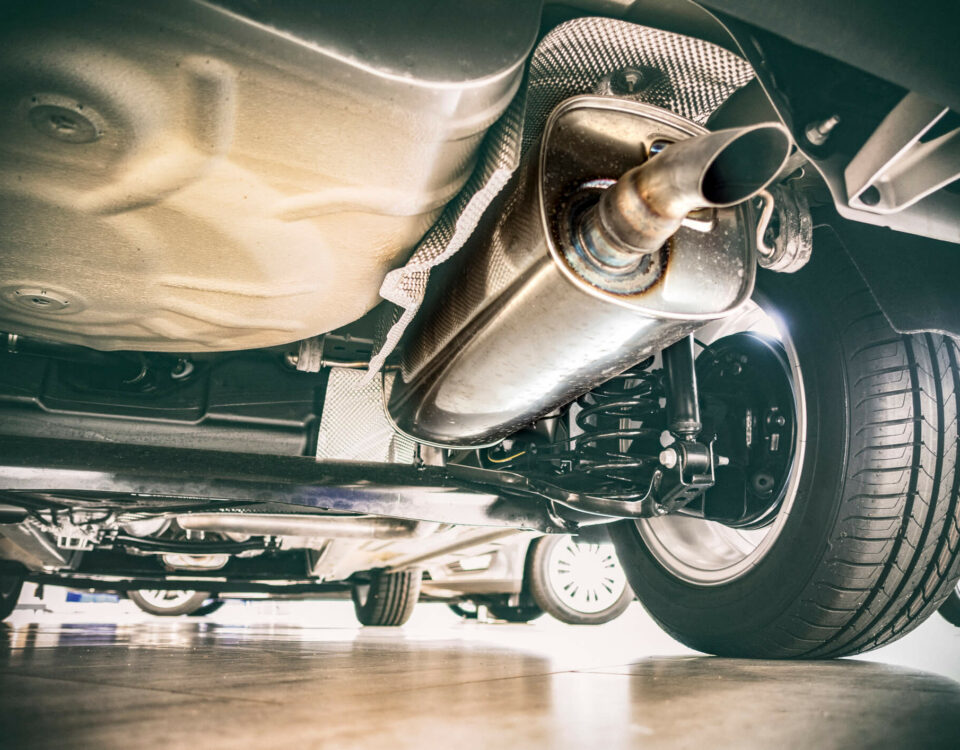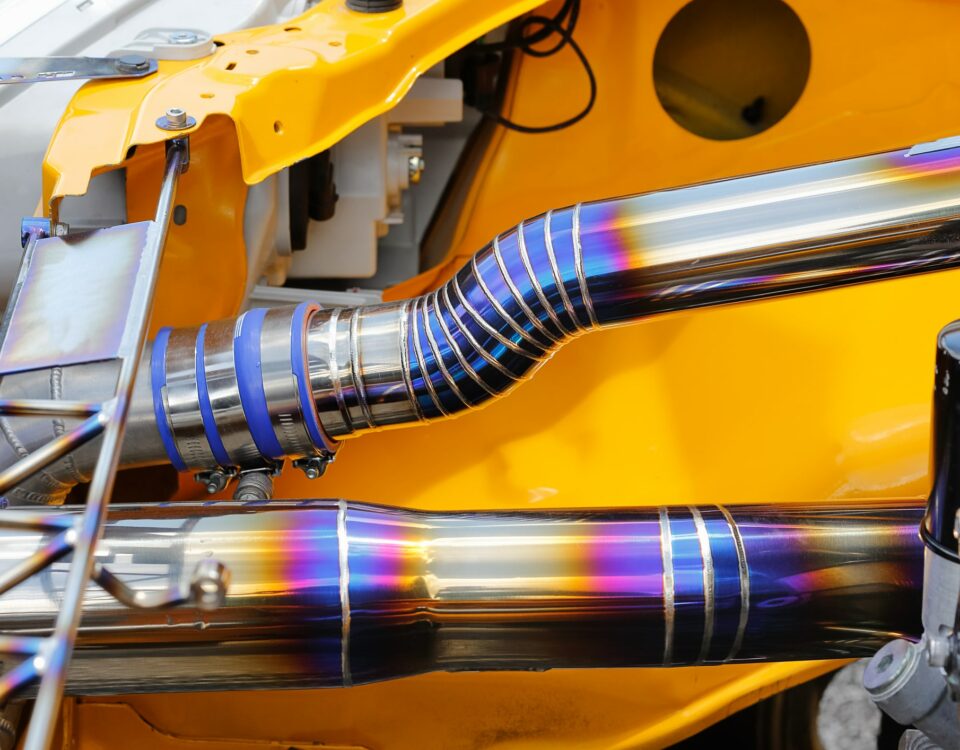Local Exhaust Ventilation (LEV) System – A Complete Guide
Each year, many workers in the UK will contract lung disease or asthma because they have breathed in too much dust, fumes or other contaminants at work. These airborne contaminants can come in many forms (such as flour dust in bakeries, paint fumes when decorating and dust when moving furniture), so it’s important to take precautions when may be exposed to airborne contaminants.
Subsequently, employers are legally required to install ventilation systems that keep levels of airborne contaminants at safe levels for their workers. However, some professions and working environments are exempt: For example, workers on a building site should be provided filter masks as part of their Personal Protective Equipment (PPE), but a site-wide LEV is not feasible.
What does LEV mean?
“Local” refers to a specific area, “exhaust” means “to remove a resource from” and “ventilation” is “the replacement of bad air with fresh air”. A Local Exhaust Ventilation (or LEV) system is an extract ventilation system that removes airborne contaminants from the workplace. Properly designed LEV systems will:
- Collect air that contains contaminants
- Contain and move the contaminated air away from people
- Clean the air (if necessary) and remove the contaminants safely
However, don’t be intimidated by all these specifications, as LEV systems can be deceptively simple, depending on the working environment and contaminants you need to filter out. Many airborne contaminants (like cooking smoke) naturally rise, so you can install a ceiling-fitted extraction fan with a stainless steel exhaust pipe, and problem solved!
Why you need local exhaust ventilation
Every year, more than 2000 people in the UK die from lung diseases caused by airborne contaminants they breathed in at their workplaces. If your work produces dust, mist, fumes, gas or vapour (e.g. flour dust, paint mist, smoke, carbon monoxide or solvents), there may be a risk to the health of your workers.
Employers are legally required to prevent or adequately control exposure to potentially hazardous substances as a requirement of the Control of Substances Hazardous to Health (COSHH) regulations. Installing an LEV is one of the best ways to reduce airborne contaminants in your working environment, but you should consider other options such as:
- Changing the way you work to avoid exposure to harmful substances
- Replace the material you use (such as welding and adhesives) with a safer alternative
- Reduce the amount of contaminant(s) released
- Change your working process to reduce the duration or frequency contaminants are released
- Reduce the number of employees involved with a process, limiting exposure
- Apply control measures, like fitting lids to containers to reduce contaminant spread.
Many employers buy LEV systems to protect workers’ health but find that they don’t work because it’s the wrong type or not properly installed or maintained. Before ordering a stainless steel exhaust extractor fan, you should think carefully about your working area and how best to reduce airborne contaminants.
What are the four types of ventilation?
Ventilation refers to any system that allows air to flow and move between the inside and outside of a property, providing fresh air for the people inside. Historically, people would rely on fixed air vents or opening doors and windows, but most modern businesses require mechanically assisted ventilation systems which come in four main types:
1. Extractor Fans
In their most basic forms, extractor fans are small fans connected to air vents or stainless steel exhausts that lead outside. Extractor fans are ideal for extracting stale, damp or polluted air out of individual wet rooms, helping prevent dampness and mould throughout the premises.
2. Positive Input Ventilation (PIV)
Effectively working as insertion fans, Positive Input Ventilation systems draw air from outside the building, filter it, and pump air into the building, creating a positive pressure environment. PIV helps reduce condensation, blow contaminants outside and improve the quality of air inside, but they are less effective at quickly removing contaminants like smoke.
3. Mechanical Ventilation with Heat Recovery (MVHR)
Mechanical Ventilation with Heat Recovery (MVHR) is a comprehensive ventilation system that supplies and extracts air throughout a building. These systems consist of two independent airflows, each with its own fan to extract stale air and draw air from outside whilst exchanging heat between the two, making it highly efficient.
4. Continuous Mechanical Extract Ventilation (MEV)
Continuous Mechanical Extract Ventilation systems provide continuous ventilation using multi-point extracts connected to a centralised unit. The central unit draws moisture-laden air from multiple rooms through stainless steel exhaust pipes, creating negative pressure, which should draw fresh air evenly into your property.
How do you ensure adequate ventilation?
Adequate ventilation in the workplace is covered under the Workplace (Health, Safety and Welfare) Regulations 1992, which state that workplaces need to be well ventilated in the proper manner. Specifically, workplaces should be ventilated with clean air drawn from outside and circulated throughout the building whilst diluting and removing humid or contaminated air.
However, in smaller shops or offices (especially those with large doors or windows), natural ventilation from outside may be enough to ensure adequate ventilation. The best way to check whether your current ventilation system is suitable is by asking a professional to evaluate your premises, so they can recommend new equipment and check the existing setup.
What are the limitations of local exhaust ventilation?
Although Local Exhaust Ventilation (LEV) systems are an excellent way to remove airborne contaminants from your workplace, they aren’t infallible. Depending on the type of system installed, LEVs require regular cleaning and maintenance, especially if they rely on filters which will become clogged and ineffective over time.
LEVs aren’t a guaranteed solution to your airborne contaminant issues, as they must be designed to your requirements, professionally installed and properly maintained to be effective. For the best results, an LEV system should be designed for your needs (is it removing smoke or particulates), built with the best materials (such as stainless steel exhaust pipes) and maintained regularly.
If you try to keep your workplace free of airborne contaminants using equipment that is not suited to your requirements, poorly installed or incorrectly maintained, then you might as well not have an LEV system at all.



